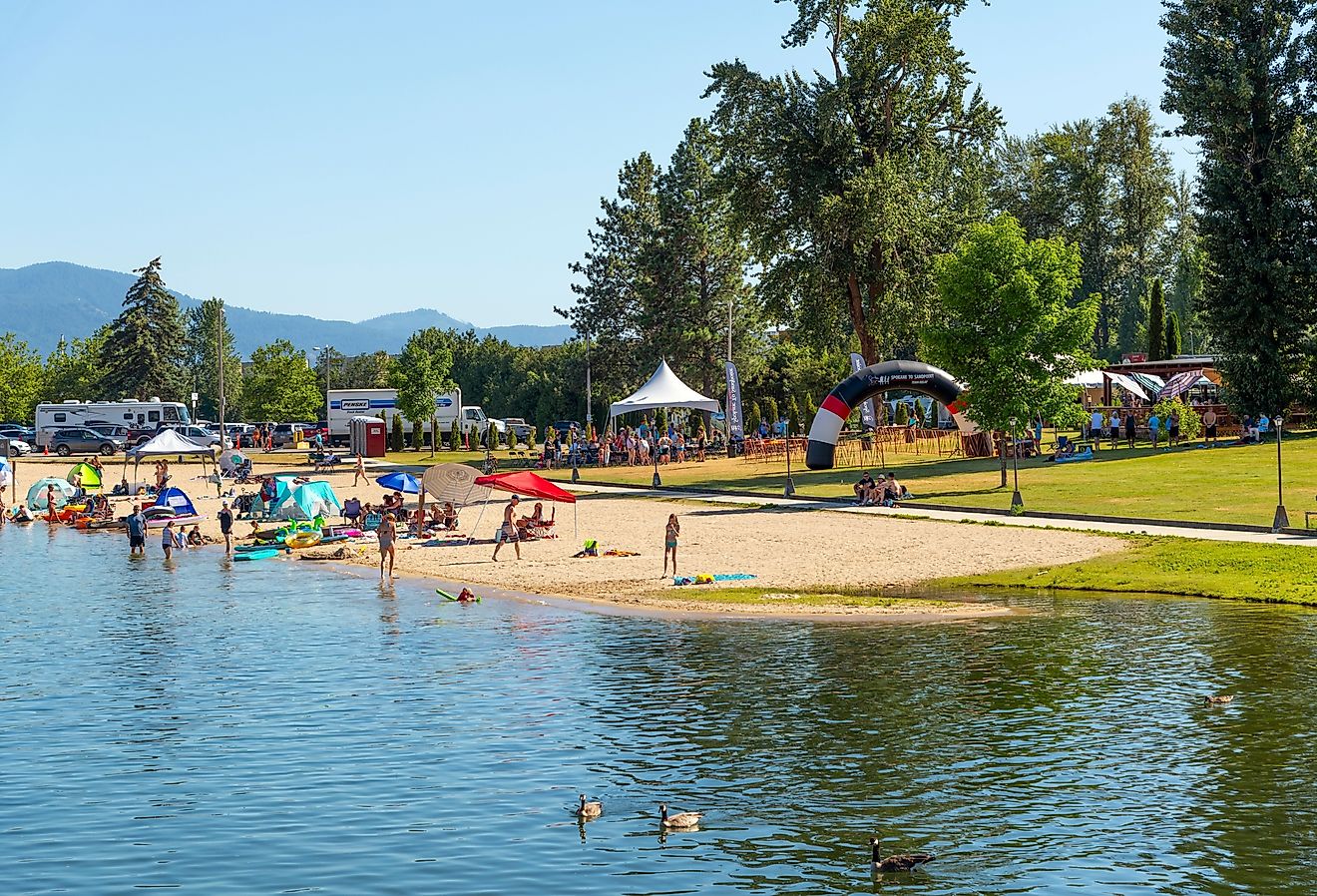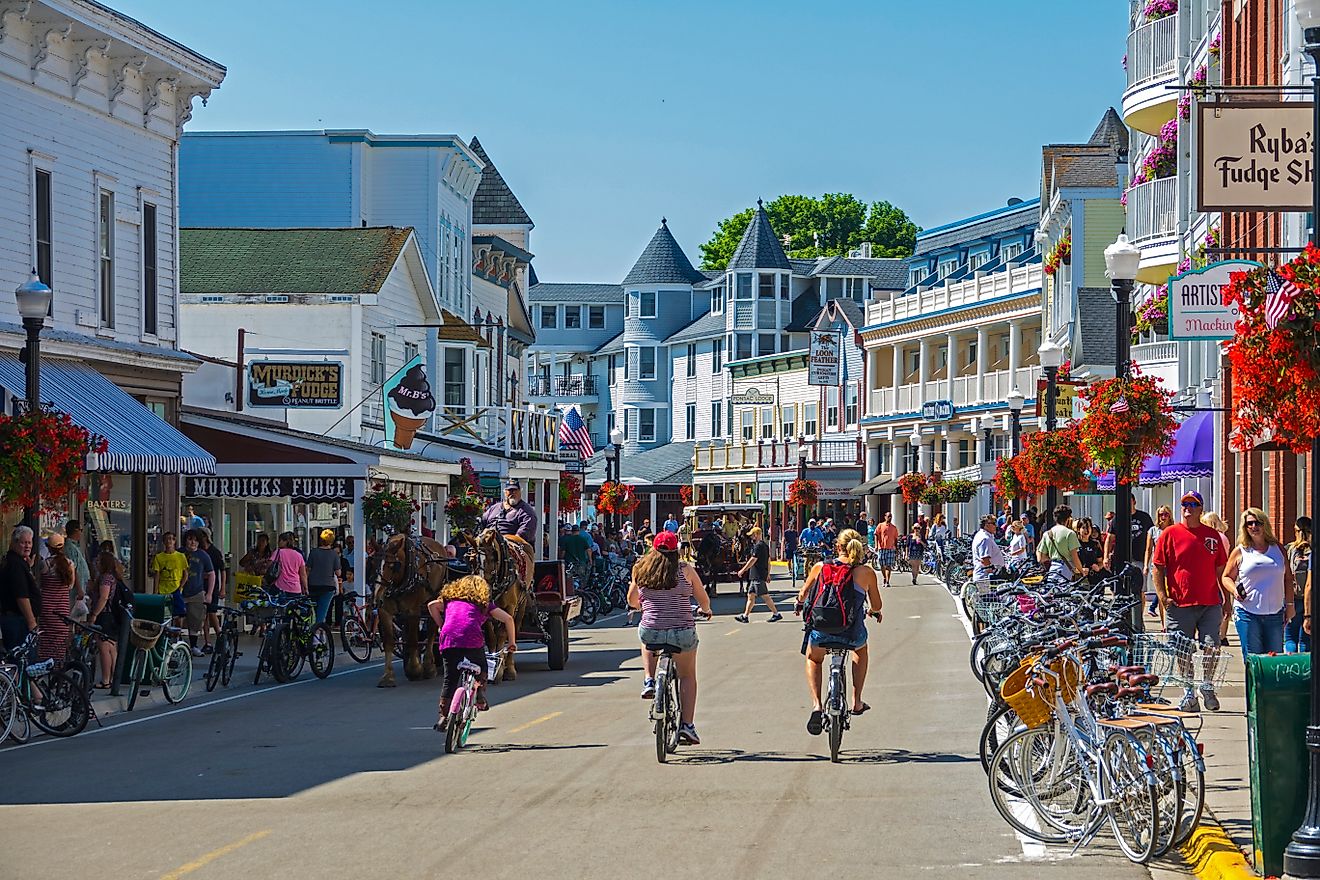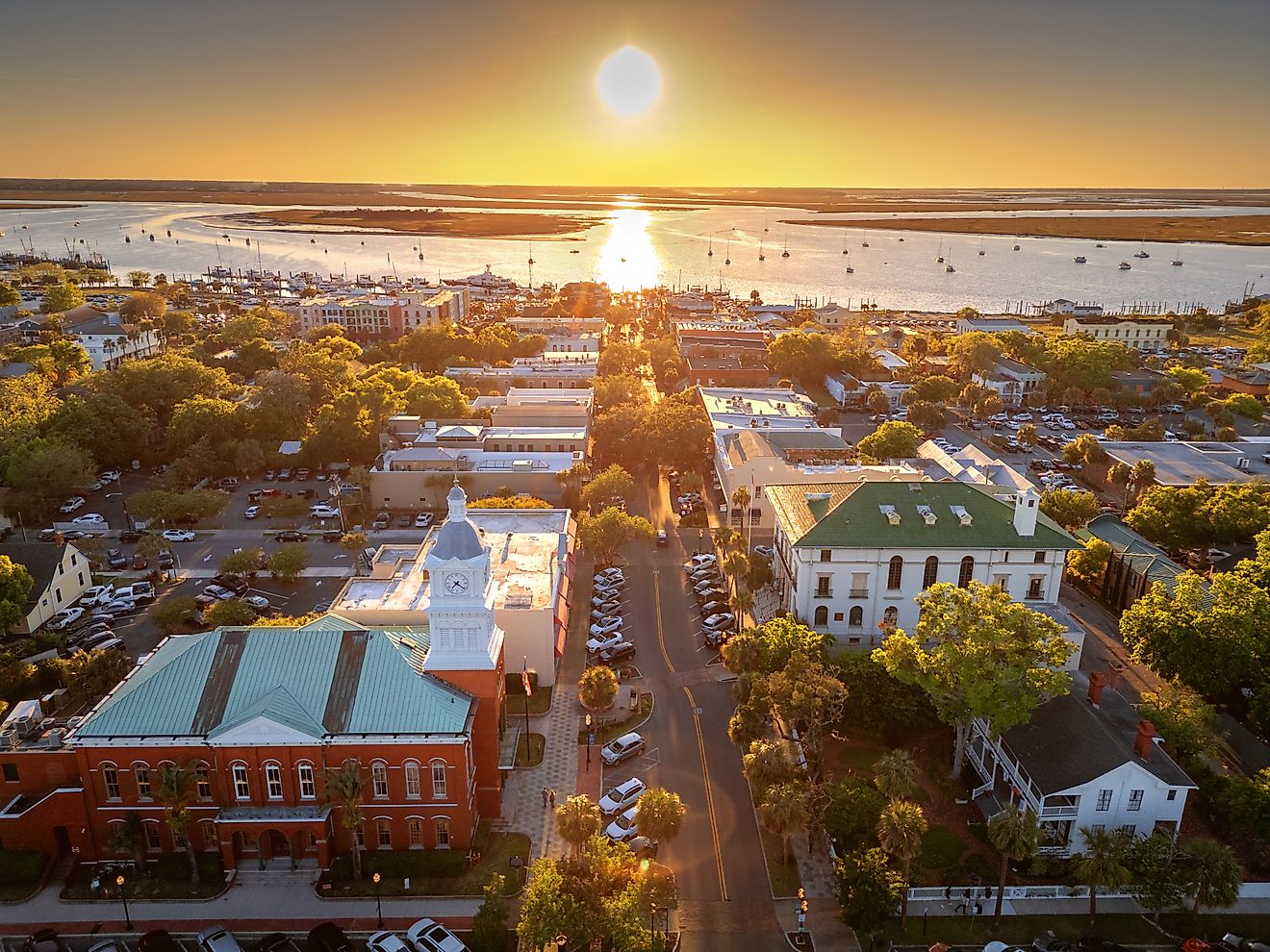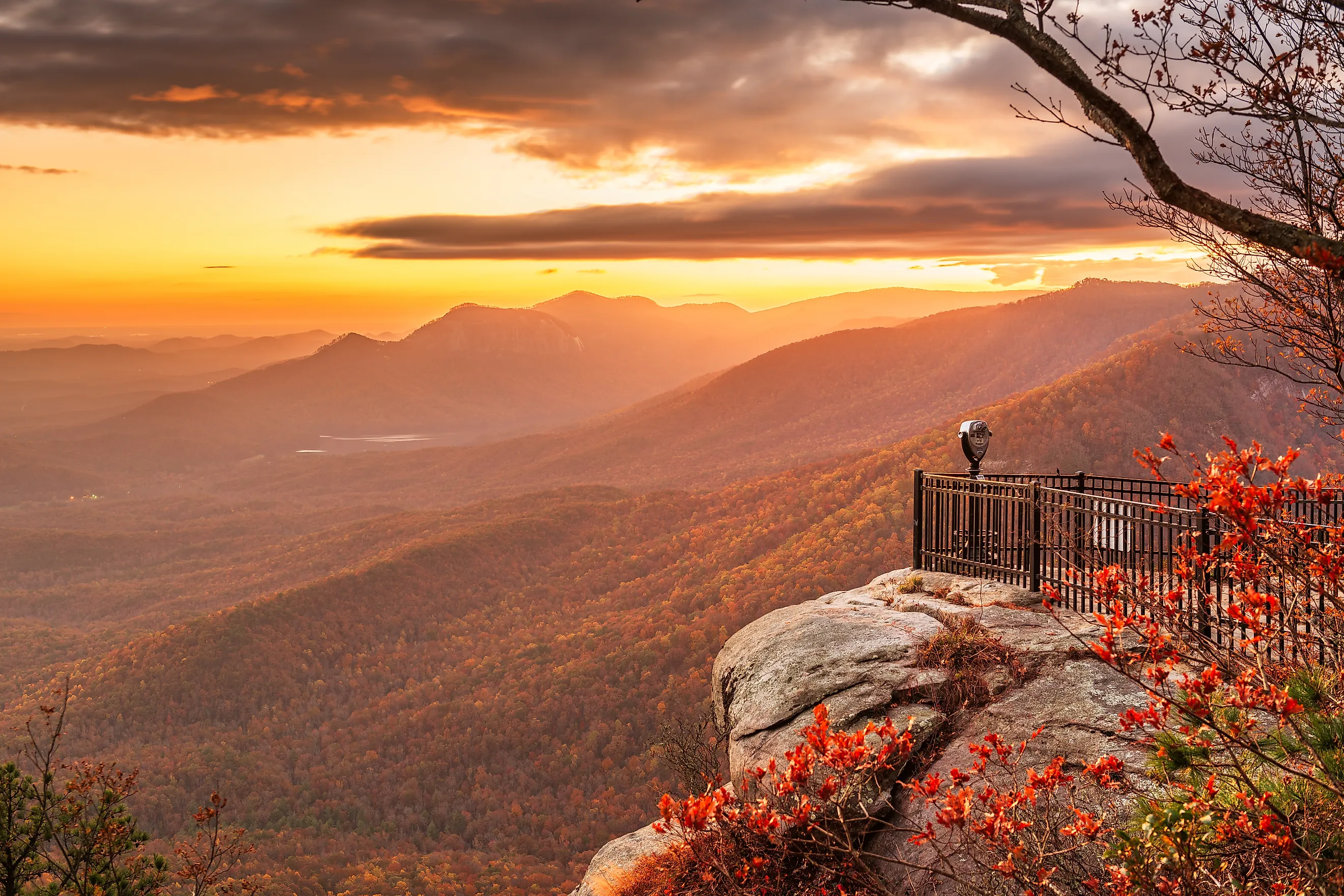
5 National & State Parks In South Carolina You Have To Visit
You may be surprised to learn that among the Southeast’s smaller states is one with a diverse landscape of old mountain ranges and subtropical barrier islands. The state of South Carolina extends westward along the Blue Ridge Escarpment but quickly transitions through changes in elevation and geography. As a result, South Carolina has a unique geography influenced by Native American settlement patterns and early conservation efforts, including work by the Civilian Conservation Corps, which established many of the parks still in use today. Much of the state’s parkland follows original historical route systems; where wagon paths once ran, there are now trailheads and boardwalks. South Carolina’s parks offer a chance to explore remote wilderness areas, access open water, and enjoy peaceful walking trails.
Congaree National Park

Congaree National Park is free to enter. Located 17 miles southeast of Columbia, SC, it preserves one of the last remaining large old-growth floodplain forests in North America. Its quiet, humid atmosphere is formed by blackwater creeks and towering trees. It is common to spot wildlife along the boardwalks and waterways, where river otters, wild hogs, white-tailed deer, bobcats, and over 200 bird species often appear.
Most visitors begin on the Boardwalk Loop Trail, a 2.4-mile elevated path through the densest part of the forest. Near the end stands a massive Champion tree, one of the tallest in the park. Close by, the Cedar Creek launch site provides access to a popular canoe route under a shaded canopy. Ranger-led walks take place on Saturday mornings, and in late spring, when fireflies light up the night sky, the park fills with quiet onlookers.
Table Rock State Park
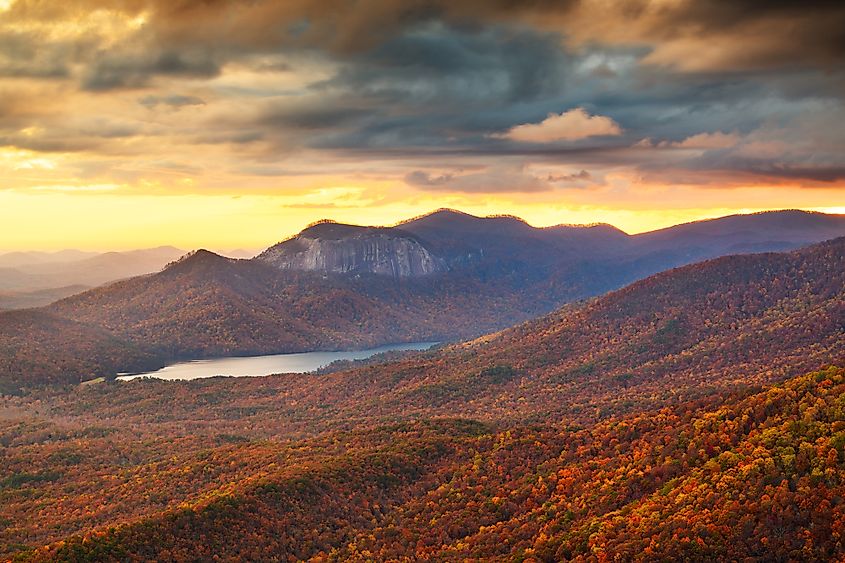
Located in the foothills of the Blue Ridge Mountains, Table Rock State Park covers more than 3,000 acres of forest, granite outcrops, and cold streams. Situated along the Cherokee Foothills Scenic Highway, it marks the starting point for the seventy-six-mile Foothills Trail. The Table Rock Trail, a 7.2-mile climb to the summit overlook, remains the park’s most popular hike. For an easier option, the Carrick Creek Trail loops near the entrance, passing small waterfalls and shaded pools.

After a day on the trails, many stay overnight. The park offers two camping areas: one near the entrance with 69 sites, and another located beside the White Oaks picnic grove with 25 sites. The Gaines Lodge, built by the Civilian Conservation Corps (CCC), hosts seasonal programs and nature talks. On the second Saturday of each month, the Music on the Mountain event fills the lodge with live bluegrass from 2:00 to 6:00 p.m.
Huntington Beach State Park
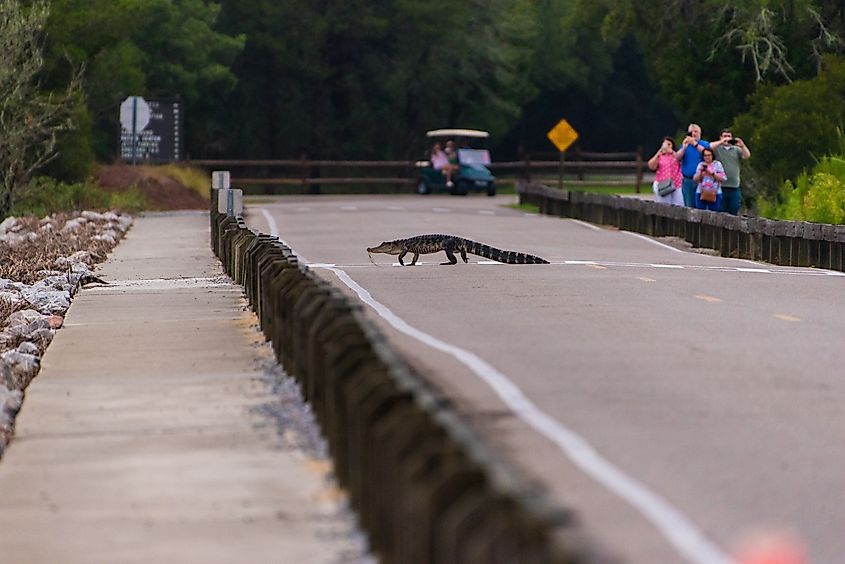
The state park is a 2,500-acre coastal area near Murrells Inlet, where salt air and tidal changes shape the landscape. Many visitors begin at the marsh boardwalk, where wood storks stand motionless in shallow water while alligators glide beneath the surface. Nearby viewing areas provide steady vantage points for birdwatching throughout the year, with over 300 species recorded in the park. On the beach, surf fishermen scatter along the sand, casting lines for flounder, whiting, and red drum.
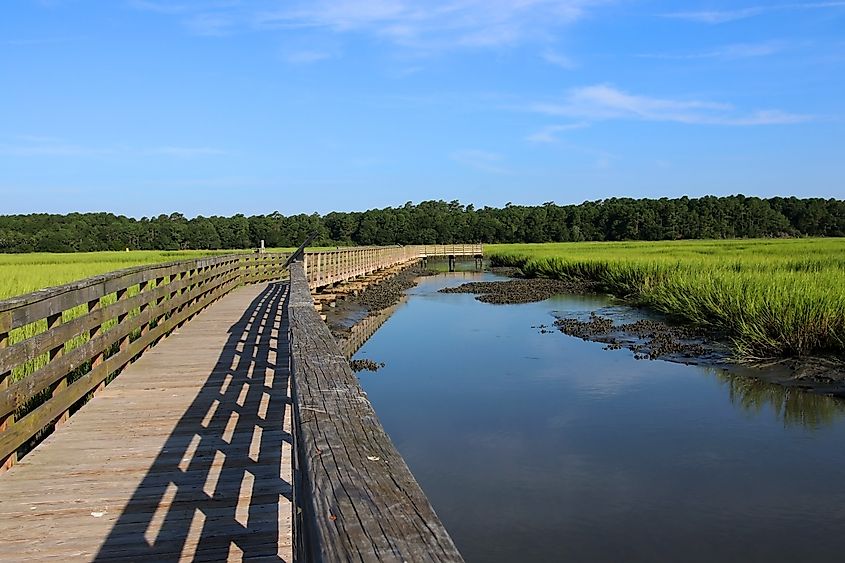
Farther inland lies Atalaya Castle, built in the 1930s with Moorish-style architecture and 30 rooms. The site is open for self-guided tours. Each September, the Atalaya Arts and Crafts Festival brings local artisans, vendors, and live demonstrations to the breezy courtyard.
Caesars Head State Park
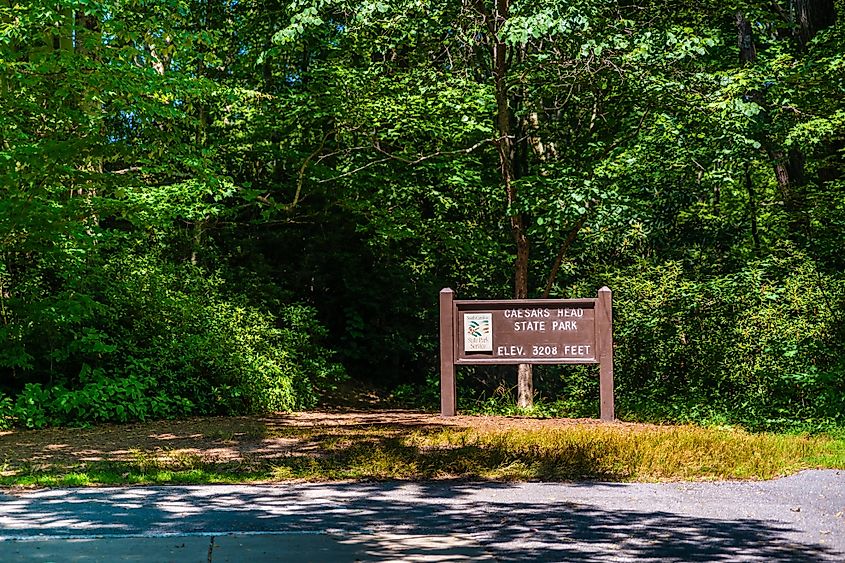
Did you know that South Carolina’s most well-known natural landmark, Caesars Head State Park, is home to rare wildflowers such as the mountain sweet pitcher plant? At 3,208 feet above sea level, the park sits along the sharp escarpment of the Blue Ridge Mountains and offers cliffside views and cooler air year-round. The Ceasar's Head Overlook, just steps from the visitor center, looks out over the Table Rock Reservoir and the distant Piedmont. For those not hiking, it is within walking distance of the parking lot and easily reached from the visitor center.
Some hikers continue on the Raven Cliff Falls Trail, a 4.4-mile route to a viewing platform across from a 420-foot waterfall. From September through November, the park becomes a prime site for the annual hawk migration, where bald eagles and peregrine falcons are often seen. Anglers enjoy fishing for trout in the Middle Saluda River and in Matthews and Julian creeks.
Edisto Beach State Park
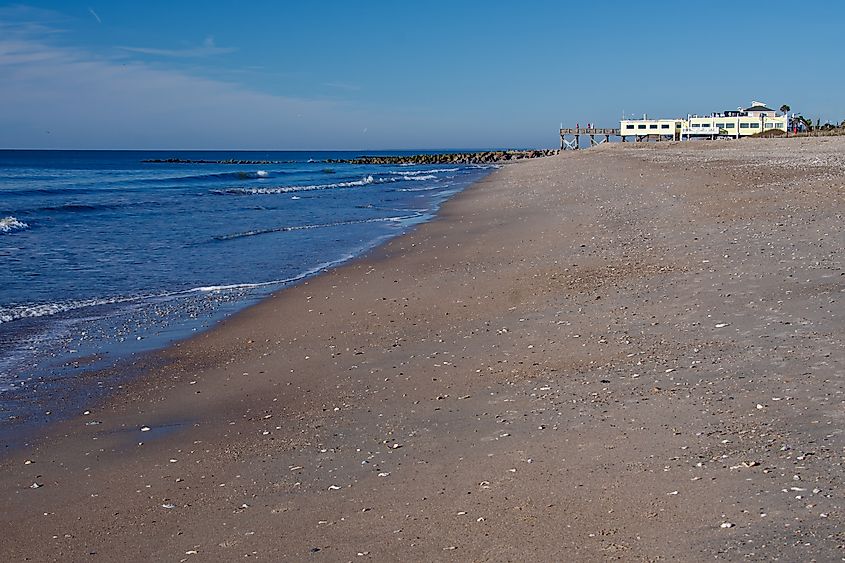
Saltwater flows through nearly every part of Edisto Beach State Park, a coastal preserve with ocean frontage and nesting grounds for loggerhead sea turtles each summer. During spring, summer, and fall, visitors use the day-use area to swim, collect shells, or watch birds in calm, shallow water over firm sand. A short inland trail leads to the Spanish Mount, a Native American shell mound located at the western end of the park’s longest hiking path.
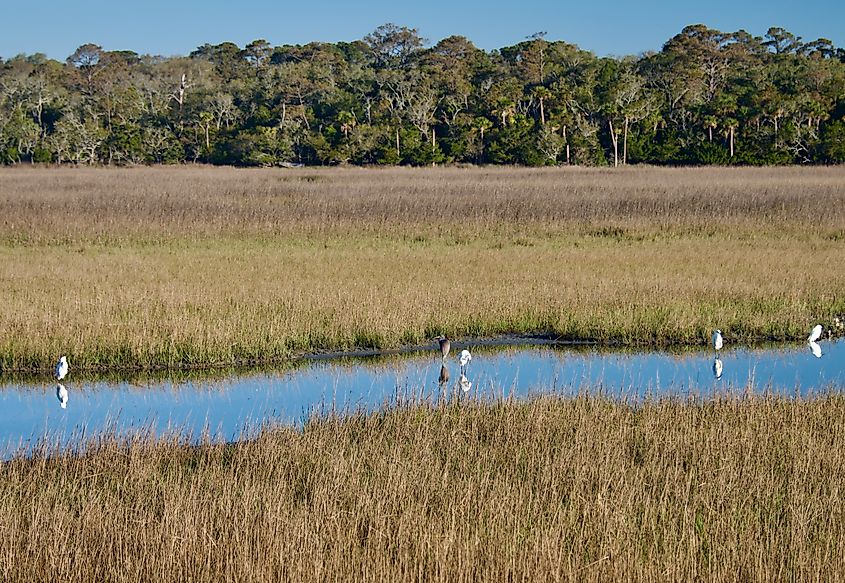
Cyclists follow the paved Edisto Bike Trail along the causeway into town and toward the beach. Many visitors stop at the Edisto Interpretive Center, where live exhibits explore the ecology of barrier islands. One popular hands-on program, “What’s on the Menu?”, lets visitors watch aquarium animals during afternoon feeding sessions.
These Parks Stand Out
South Carolina’s national and state parks each show a different side of the state’s landscape and history. Congaree protects rare floodplain forest and quiet waterways. At Huntington Beach, birdwatching and coastal walks lead to a 1930s Moorish mansion. Table Rock gives hikers and campers direct access to the Blue Ridge Mountains. The steep cliffs and migrating wildlife at Caesars Head offer sharp elevation and open views. At Edisto Beach, forest trails and shell mounds lie close to turtle nests and tidal creeks. Whether planning a weekend or a longer route, these places provide a direct way to explore South Carolina’s most natural and enduring spaces.
